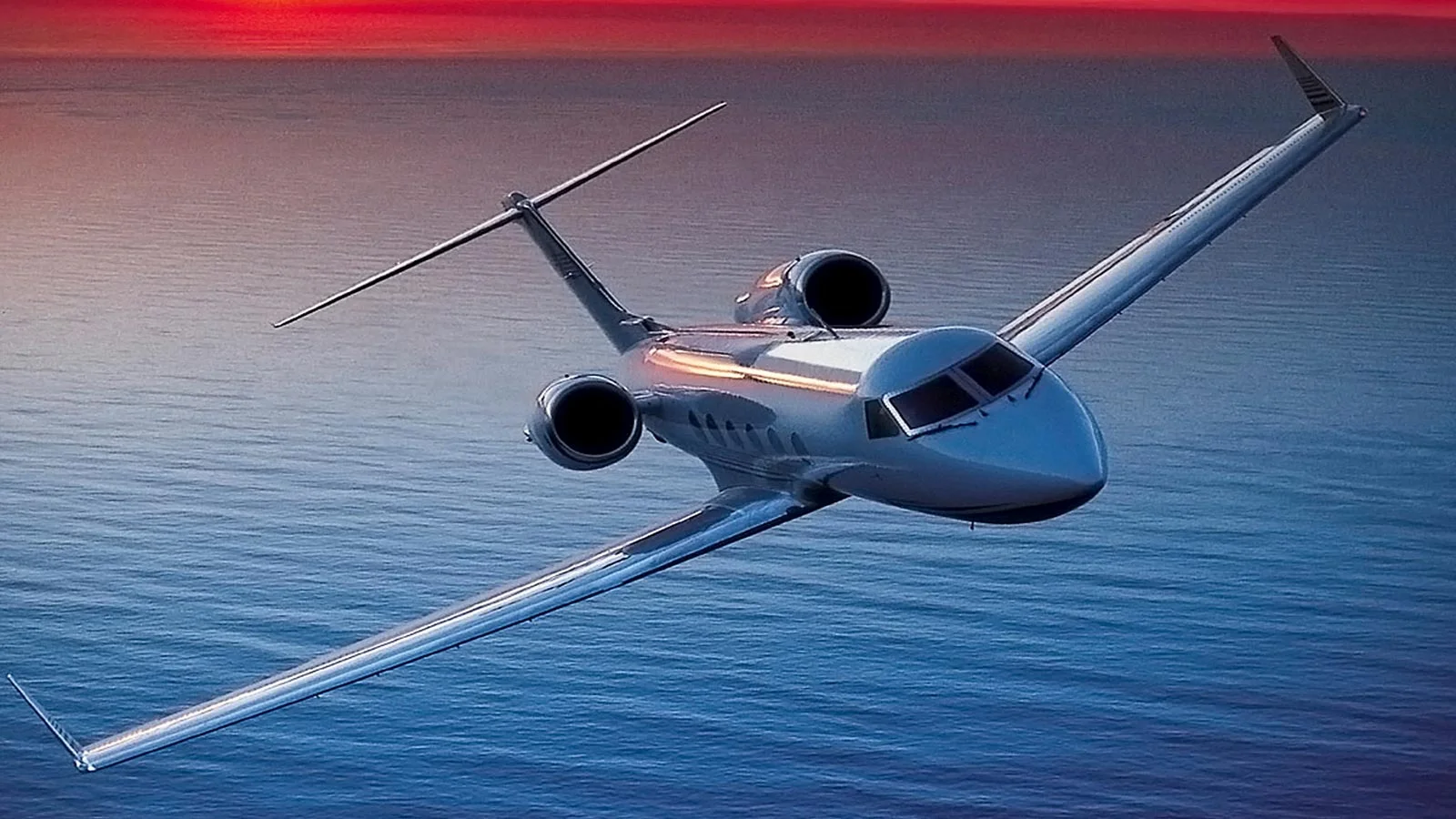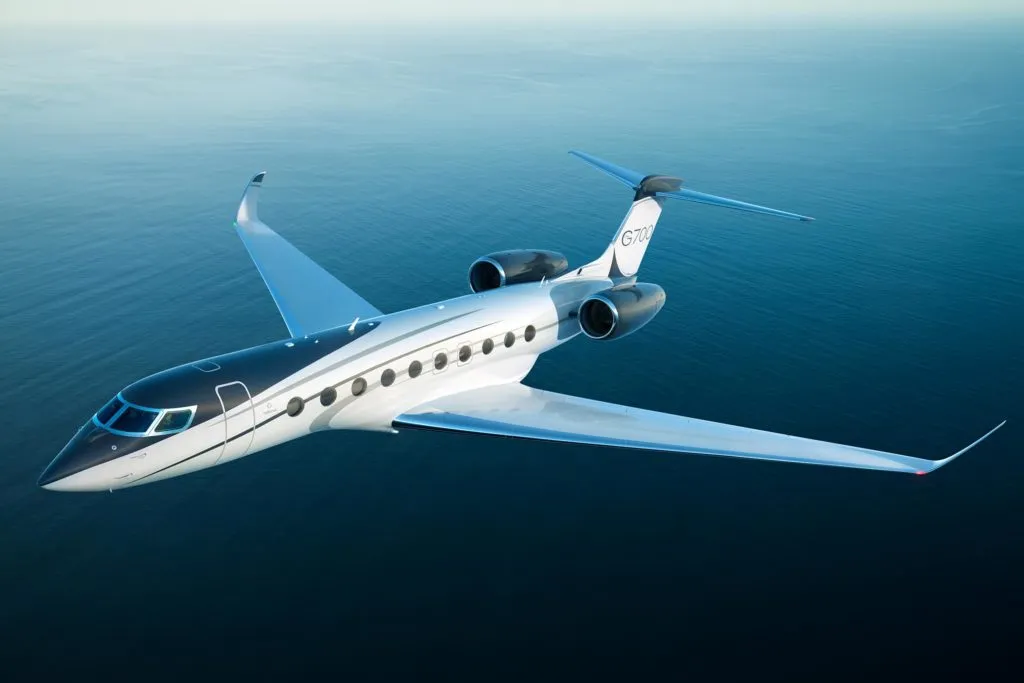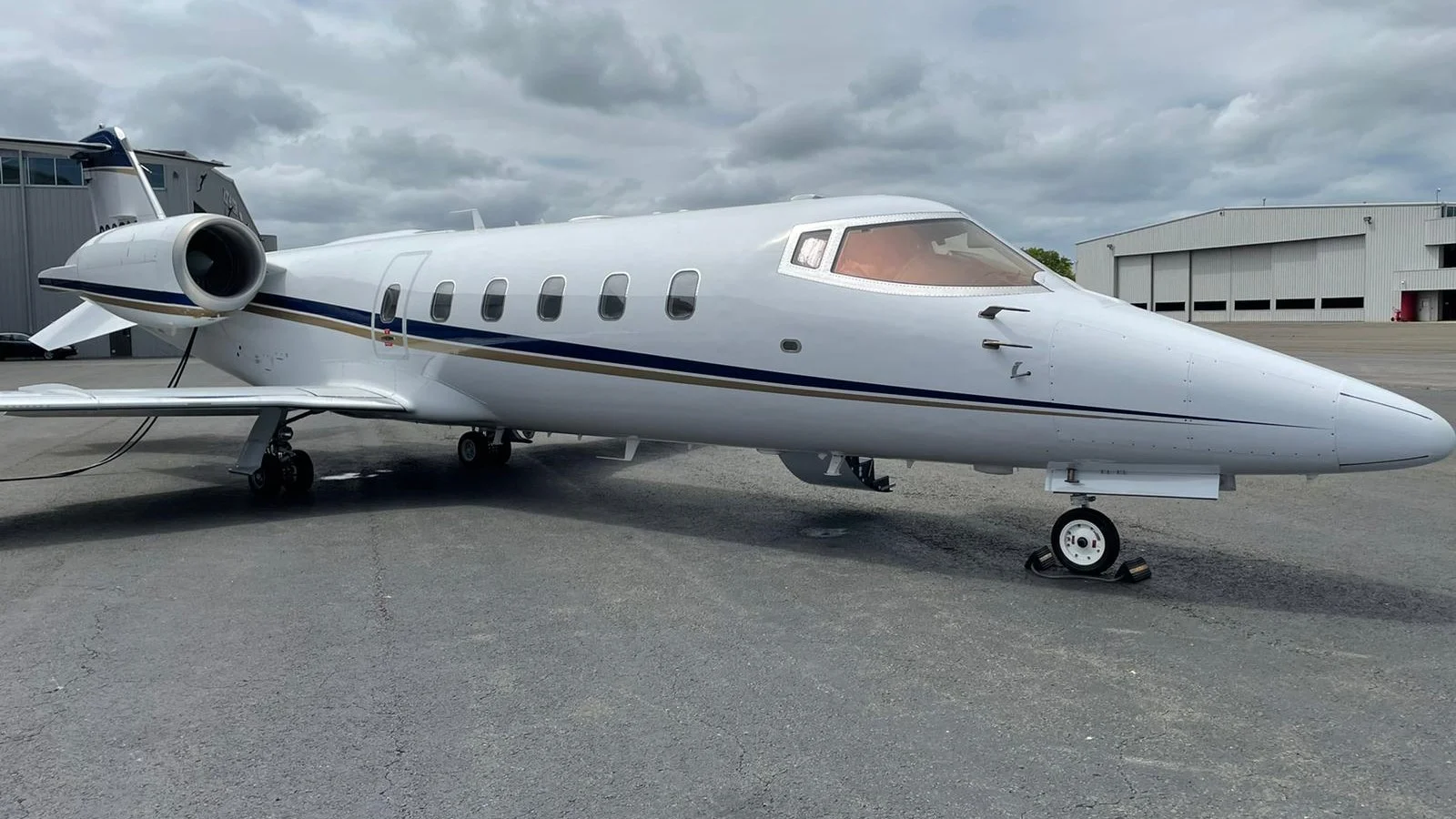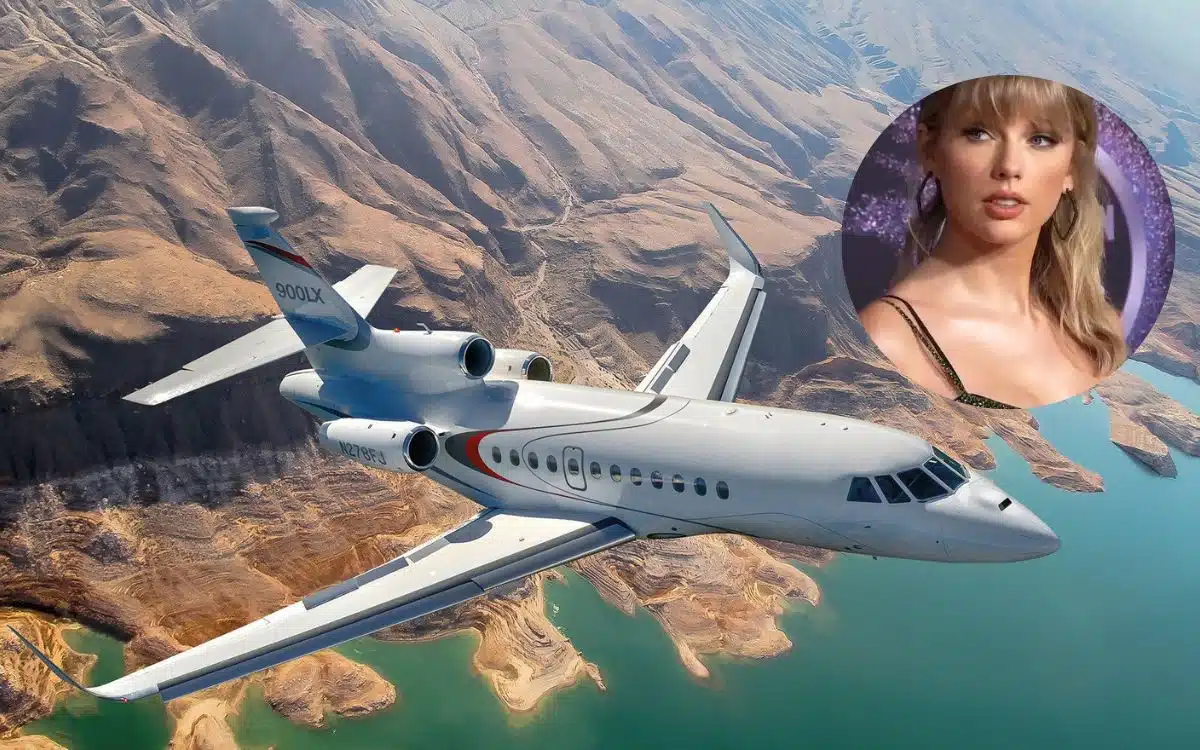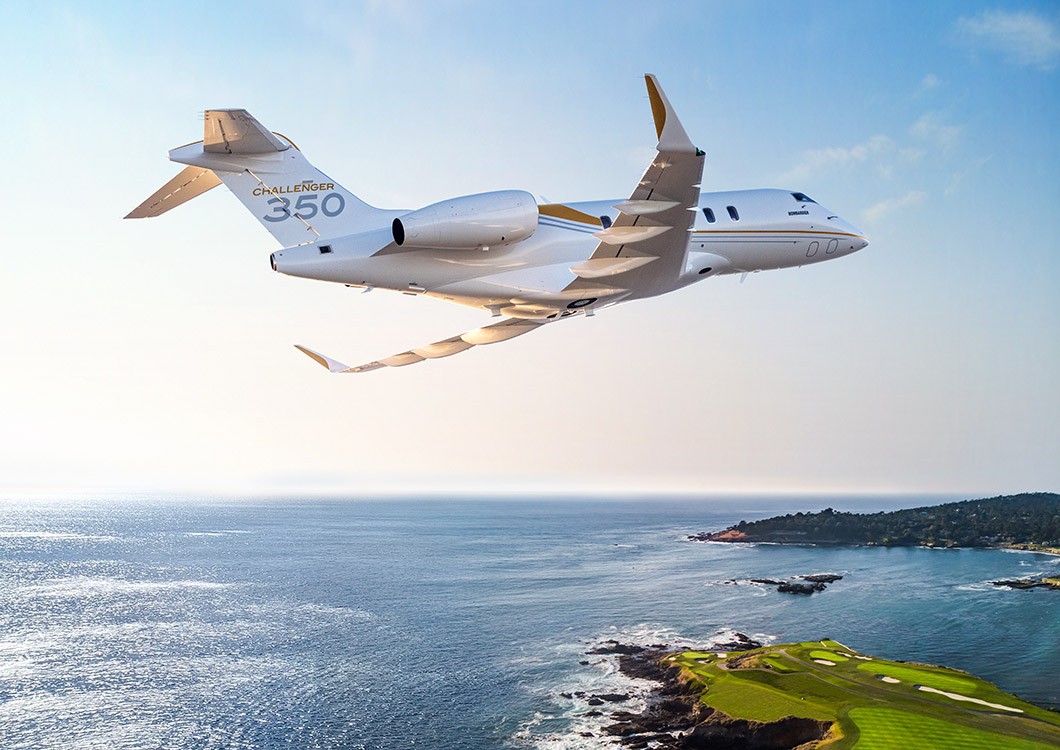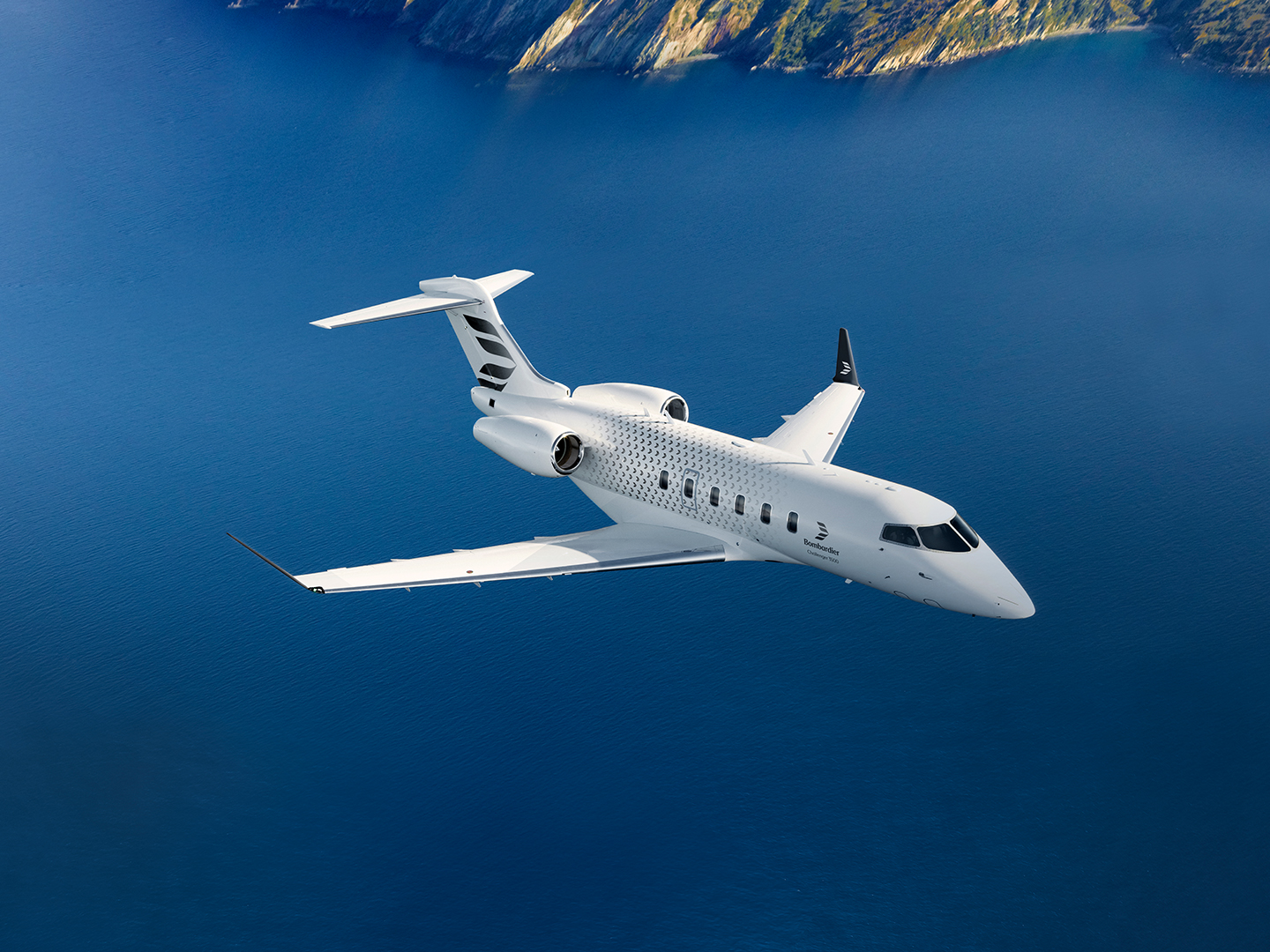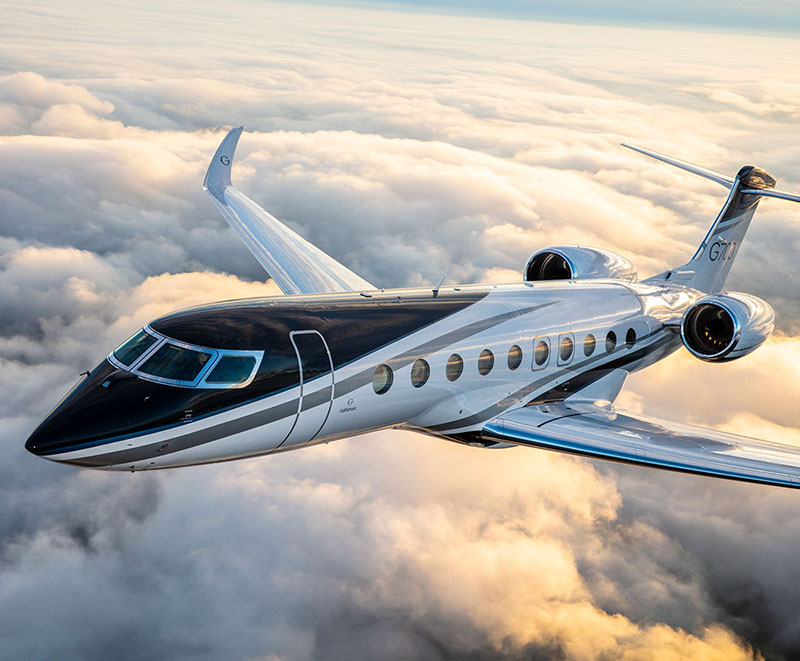The Learjet 70: A Brief Shining Moment in Business Aviation
8 min read
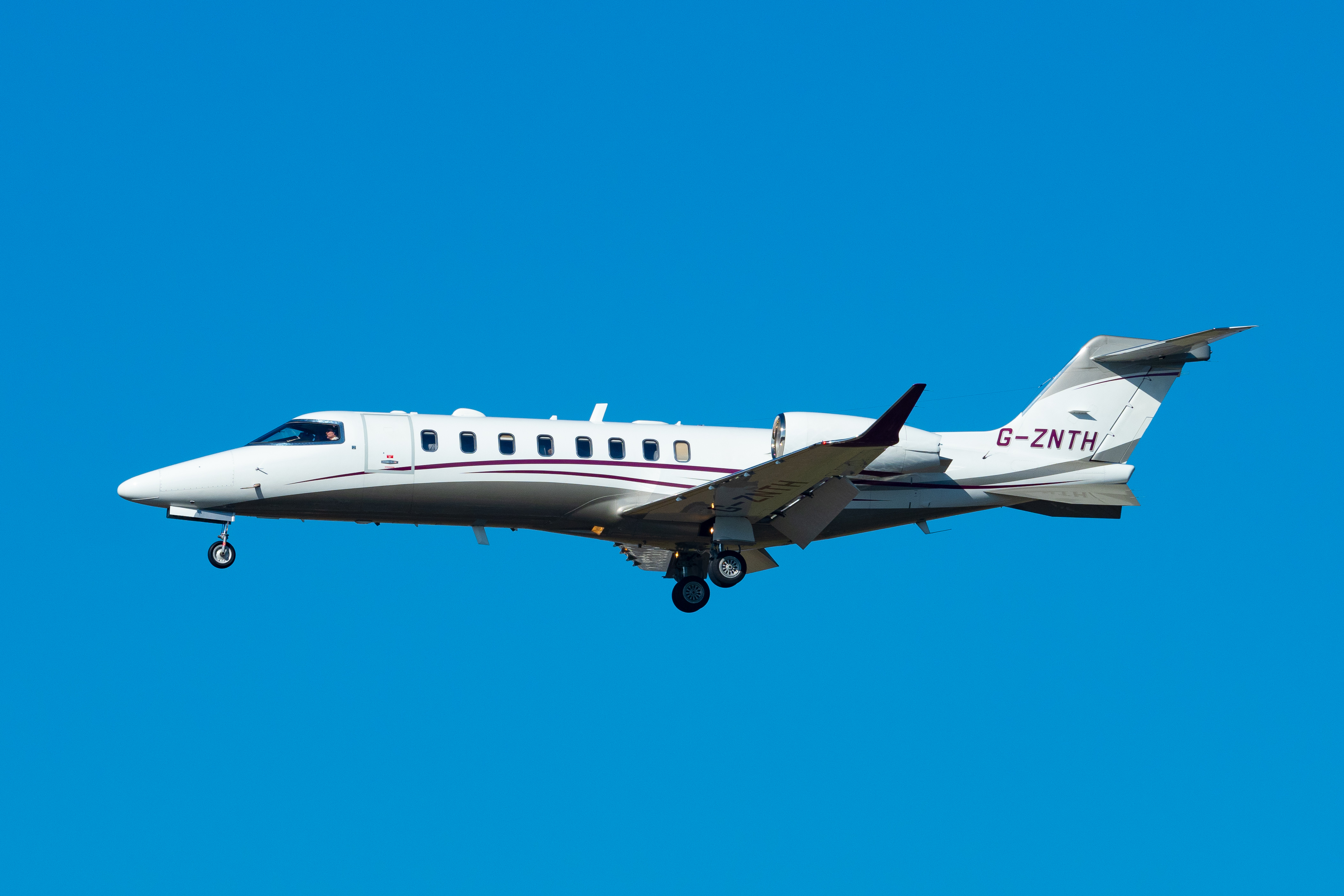
When Bombardier rolled out the Learjet 70 in 2013, it felt like deja vu all over again. Here was another iteration in the company's long line of light jets, promising better efficiency and modern avionics. But honestly? The 70 always seemed like it was caught in the shadow of its bigger sibling, the Learjet 75.
But what was it actually like to fly in and operate? That's what we're here to dig into. This review covers everything from the pilot's perspective in that updated cockpit to the passenger experience in the back, plus the real-world performance numbers that matter when you're writing checks for fuel and maintenance.
Development: Building on What Worked (Mostly)

The story of how the Learjet 70 came to be is pretty typical of modern aircraft development. It starts with taking what you know works, updating the bits that matter most, and trying not to break the bank in the process.
Bombardier announced the project back in May 2012, positioning it alongside the Learjet 75 as part of their light jet refresh strategy. Smart move, really. Instead of starting from scratch, they took the proven Learjet 40 airframe and gave it the upgrades that actually mattered to operators.
But here's where things get interesting, and a bit frustrating if you were waiting for delivery. Certification took longer than anyone wanted. The Learjet 75 got its FAA blessing on November 14, 2013, but the 70 had to wait until early December. Not a huge delay in aircraft terms, but enough to cause headaches.
Deliveries finally started in late 2013, but the writing was already on the wall. By 2016, Bombardier quietly paused production of the 70 due to lackluster demand. The 75 kept rolling off the line, proving that in the light jet market, a little more cabin space goes a long way with buyers.
The end came as part of Bombardier's bigger strategic shift. By 2021, they'd decided to exit the light jet business entirely, focusing resources on their larger Challenger and Global series aircraft. The final Learjet (a 75, not a 70) rolled out in March 2022, closing a chapter that had lasted decades.
Performance: Where the 70 Actually Delivered
Here's where the Learjet 70 stopped being just another warmed-over light jet and started showing some real teeth. The performance numbers tell a story of an aircraft that genuinely improved on its predecessors in ways that mattered to operators.
Let's start with speed, because that's what Learjets have always been about. The 70 could push Mach 0.81 at maximum cruise, 465 knots true airspeed that would get you places in a hurry. More realistic for day-to-day operations was the high-speed cruise of Mach 0.79 to 0.80, still delivering that same 465 knots at FL410 under standard conditions.
But here's what impressed most operators about the cruise performance: Bombardier didn't just focus on the headline-grabbing max speed. The normal cruise settings, 424 to 436 knots at Mach 0.76, offered a sweet spot for operators who wanted to balance speed with fuel efficiency. And when you really needed to stretch the legs, long-range cruise at 432-437 knots gave you serious range capability without completely killing your arrival time.
Key Performance Numbers:
- Maximum cruise: 465 kts (Mach 0.81)
- Normal cruise: 424-436 kts (Mach 0.76)
- Service ceiling: 51,000 feet
- Maximum range: 2,060 nautical miles
- Takeoff distance: 4,440 feet
Range is where things get interesting. The maximum range of 2,060 nautical miles sounds impressive on paper, but the real-world number of 1,873 nm with four passengers, two crew, and IFR reserves is more honest, and still pretty decent for a light jet. That's genuine transcontinental capability for most North American routes, plus solid transatlantic range for certain city pairs.
Runway performance? This is where the Learjet DNA really shows through. A 4,440-foot takeoff distance opens up a lot of airports that bigger jets can't touch, while the 2,660-foot landing requirement means you can get into some pretty tight strips. The balanced field length of 4,230 to 4,353 feet represents real operational flexibility.
Cabin Comfort: Making the Most of Limited Space
Step inside the Learjet 70 and you're reminded why this aircraft occupied such an interesting spot in the market. The cabin isn't going to wow you with palatial dimensions; at 17 feet 8 inches long, 5 feet 1 inch wide, and 4 feet 11 inches high, it's clearly a light jet.

But within those constraints, Bombardier managed to create something that punches above its weight class.
That flat-floor design makes a real difference in how the space feels and functions. You've got 363 cubic feet of total volume to work with, and the engineers made smart choices about how to use it. Sure, most passengers over about 5'8" are going to have to duck a bit when moving around, but once you're seated, the cabin doesn't feel cramped.
The typical seating arrangement puts six passengers in a forward-club configuration that actually works. Those four main seats swivel and recline, with removable armrests that let you customize the setup for different missions.
Storage is always a challenge in light jets, but Bombardier did their homework here. The 50 cubic feet of external baggage space is heated (though not pressurized), which matters for temperature-sensitive cargo. The 15 cubic feet of internal storage, combined with clever sidewall cutouts for personal items, means you're not constantly playing Tetris with everyone's belongings.
Pricing: The Numbers That Actually Matter
Let's talk money, because that's ultimately what killed the Learjet 70's market prospects. Back in 2015, a new 70 carried a list price of about $11.3 million. In the context of business aviation, that wasn't unreasonable; you were getting genuine performance and modern systems. But here's the problem: step up to the Learjet 75 and you weren't talking about a massive price jump for significantly more cabin space and capability.
Today's pre-owned market tells the real story. You're looking at around $5 million for a decent Learjet 70 from the 2013-2017 production run, depending on condition and total time. That's actually not bad value if you can find one that's been properly maintained, but the limited production numbers mean your choices are pretty thin.
Charter rates start around $3,750 per hour, which puts the 70 in competitive territory with other light jets. Of course, that base rate is just the starting point. Routing, scheduling, passenger count, and all the usual suspects (fuel surcharges, taxes, crew expenses) can push your actual cost higher.
The operating costs are where things get interesting, and not necessarily in a good way. Based on 2019 data, assuming about 300 annual hours, you're looking at roughly $1.87 million per year to keep one of these things flying. That breaks down to around $4,857 per hour when you factor in everything.
Annual Operating Costs (300 hours):
- Variable costs: ~$1.25 million (fuel, maintenance, etc.)
- Fixed costs: ~$618,000 (crew, hangar, insurance)
- Monthly budget: ~$156,000
- Hourly cost: ~$4,857
The variable costs of about $1.25 million annually cover fuel, maintenance, and all the stuff that scales with how much you fly. The fixed costs (crew, hangar, insurance) run around $618,000, whether you fly 100 hours or 500. That monthly budget of roughly $156,000 is where a lot of potential owners start to reconsider their aviation dreams.
Engines and Avionics: The Technology That Mattered

The Learjet 70's performance story starts with its powerplants: twin Honeywell TFE731-40BR turbofans putting out 3,850 pounds of thrust each. That's a 10% bump over the engines in the Learjet 40XR, which translates to better climb rates and shorter takeoff distances.
But where the 70 really showed its modern side was in the cockpit. The Garmin G5000 "Vision" flight deck represented a genuine leap forward with three 14-inch touchscreen displays that fundamentally changed how pilots interact with aircraft systems.
The Bombardier Vision Synthetic Vision System provided a 3D view of terrain and runways that proved genuinely useful in low-visibility conditions. Dual Flight Management Systems opened up airports with challenging approaches through support for WAAS-LPV and RNP procedures. Standard equipment included TCAS II collision avoidance and solid-state weather radar for safer flight planning.
What Works (And What Doesn't)
After spending time analyzing the Learjet 70, it's clear this aircraft had some genuine strengths that made it appealing to a specific slice of the market. But it also had some fundamental limitations that ultimately contributed to its early exit from production.
The Learjet 70's Strong Points:
Speed remains the standout feature. That 465-knot maximum cruise speed (Mach 0.81) puts it in midsize jet territory while maintaining light jet operating economics.
Short-field performance is also genuinely useful. A 4,440-foot takeoff requirement and 2,660-foot landing distance means you can access airports that larger jets simply can't reach.
The Garmin G5000 avionics suite was genuinely ahead of its time. Those three 14-inch touchscreens, a synthetic vision system, and support for advanced approaches like WAAS-LPV and RNP procedures gave pilots capabilities that were competitive with much more expensive aircraft.
Where the 70 Fell Short:
Cabin size was the elephant in the room. At 4 feet 11 inches high and 5 feet 1 inch wide, it felt cramped compared to competitors like the Citation Latitude or even the Phenom 300. Most passengers over average height had to duck when moving around, not exactly the premium experience you expect in business aviation.
The baggage situation was frustrating. Fifty cubic feet of external storage sounds reasonable until you compare it to the Phenom 300's 66 cubic feet. That unpressurized external hold also meant temperature-sensitive items needed to go in the limited 15 cubic feet of internal storage.
But the real killer was market positioning. Production stopped in 2016 because buyers kept choosing the Learjet 75 instead. The price difference wasn't enough to justify the smaller cabin for most operators.
The Verdict
At around $5 million for a decent pre-owned example and operating costs of roughly $4,637 per hour (based on 450 annual hours), the Learjet 70 represents solid value for speed-focused buyers. The problem is the shrinking support network now that Bombardier has exited the light jet business entirely.
The Learjet 70 wasn't a bad aircraft; it was just caught between market segments at exactly the wrong time. Too small to compete with emerging super-light jets, too expensive to dominate the traditional light jet space. In aviation, being caught in the middle is rarely a recipe for long-term success.
